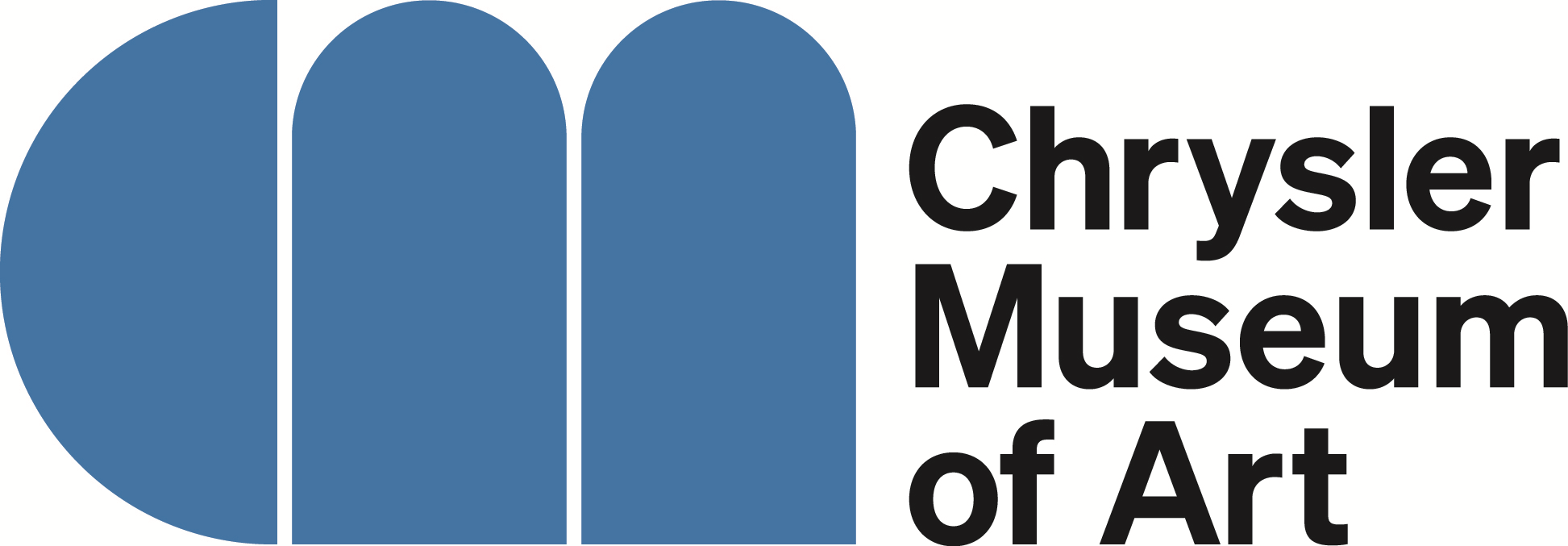Fancy
Artist
John Chamberlain
(American, 1927 - 2011)
CultureAmerican
Dateca. 1963
MediumPainted metal
Dimensions52 1/2 x 45 x 31 in. (133.4 x 114.3 x 78.7 cm)
Credit LineGift of Walter P. Chrysler, Jr.
Object number71.2004
Collections
Not on view
DescriptionThis is a painted sheet metal sculpture. The metal is crushed in a circular fashion; the sculpture seems to bend inward and the different colors of metal twist into each other. Red is on top, with dark brown on the top left. The bottom left is tan, while the bottom right is dark brown with beige in the middle.Label TextJohn Chamberlain American, 1927–2011 Fancy, ca. 1963 Painted metal I wasn’t interested in the car parts per se. I was interested in either the color or the shape or the amount. I didn’t want engine parts, I didn’t want wheels, upholstery, glass, oil, tires, rubber, lining…none of that. Just the sheet metal…. I believe that common materials are the best materials. –John Chamberlain John Chamberlain formed this sculpture from crushed car doors and fenders. The work resembles the sweeping gestural marks of Abstract Expressionism, yet it also recalls the drapery folds found in classical sculpture. Chamberlain insisted that he used cheap industrial waste for its formal qualities, but the automobile had potent meanings in mid-century America as a symbol of wealth, freedom, youth, and sex. Here, the wreckage evokes the destructive aspects of consumer culture, while the work also suggest the artist’s ability to find elegance in its debris. Gift of Walter P. Chrysler, Jr. 71.2004 ProvenanceBen Birillo, New York, 1966; Walter P. Chrysler, Jr., 1966; Gift of Walter P. Chrysler, Jr. to the Chrysler Museum of Norfolk, Va., 1971. Exhibition History"Three Hundred Years of American Art in the Chrysler Museum," Chrysler Museum at Norfolk, Va., March 1 - July 4, 1976. "The Common Wealth: American Masterpieces from Virginia Collections," Roanoke Museum of Fine Arts, Va., December 1, 1990 - February 3, 1991. "Motion as Metaphor: The Automobile in Art," Virginia Beach Center for the Arts, Virginia Beach, Va., April 13 - June 16, 1991. "The Nexus," Virginia Museum of Contemporary Art, Virginia Beach, VA, January 25 - April 28, 2013.Published ReferencesDennis R. Anderson, _Three Hundred Years of American Art in the Chrysler Museum_, exh. cat., Norfolk, Va., 1975, 235. _The Chrysler Museum: Selections from the Permanent Collection, Norfolk, Virginia_, (Norfolk: Chrysler Museum, 1982), 116. ISBN: 0-940744-37-6 Julie Sylvester, _John Chamberlain: A Catalogue Raisonné of the Sculpture 1954-1985_ (New York: Hudson Hills Press, 1986), 75, no. 157. ISBN: 0933920571, 093392058X Ruth Stevens Appelhof, _The Common Wealth_, exh. cat., Roanoke Museum of Fine Arts, Va., 1990, 32. Sue Scott, _Motion As Metaphor: The Automobile in Art_, exh. cat., Virginia Beach Center for the Arts, Virginia Beach, Va., 1991, 11, 12, 46. Martha N. Hagood and Jefferson C. Harrison, _American Art at the Chrysler Museum: Selected Paintings, Sculpture, and Drawings_ (Norfolk, Va.: Chrysler Museum of Art, 2005), 236, no. 144. ISBN: 0-940744-71-6
Boston & Sandwich Glass Co.













